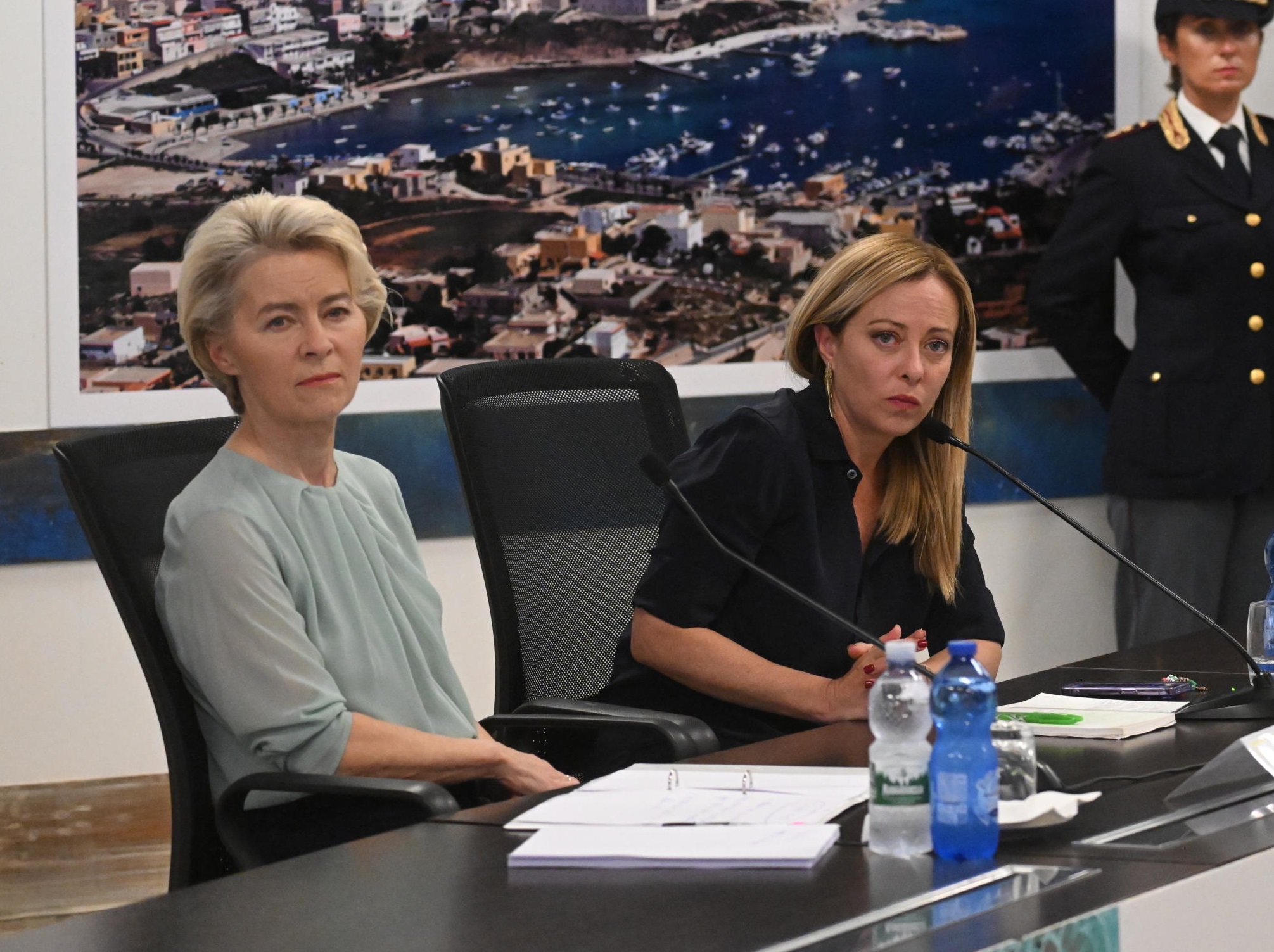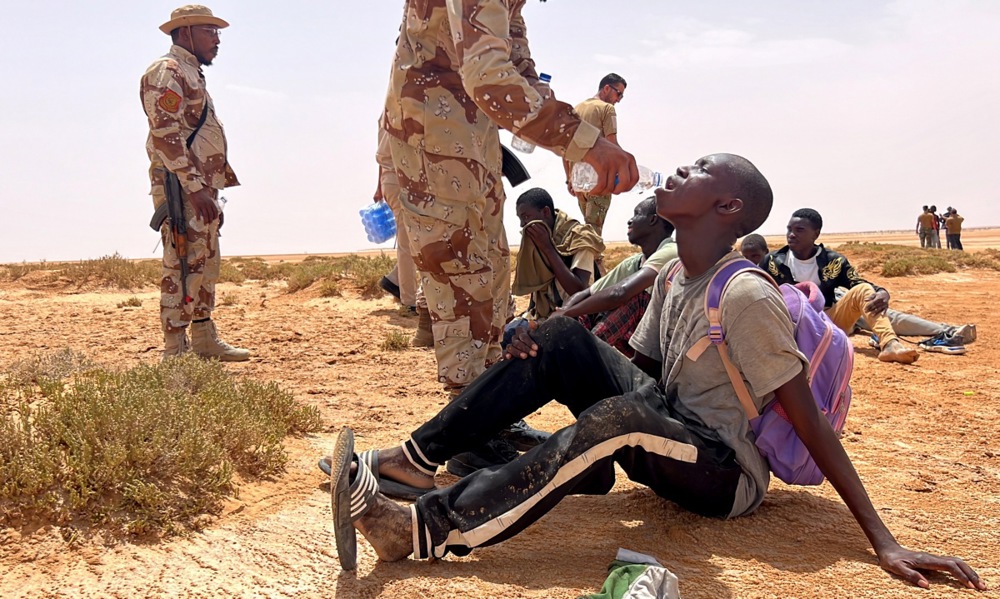Rioting engulfed the Irish capital of Dublin on November 23, after a man is said to have stabbed a number of people, including three children.
Of the three youngsters, one is reported to have been seriously injured during the attack, which took place outside a local primary school situated in the city centre.
According to local news reports, the children had been lining up outside their school on the street when the man attacked them with a knife.
One female member of staff attempted to intervene but was also reportedly stabbed.
Passers-by are said to have ended the assault, with one food-delivery driver from Brazil credited with using his bike helmet to repeatedly beat the attacker about the head.
In audio shared with Brussels Signal, one local described passers-by as “dancing on” the assailant, with two women said to have eventually gathered around him to prevent others from getting at him.
Police then had to take the attacker to hospital due to the seriousness of his injuries.
Of the four stabbing victims, two – a carer for the children and a five-year-old girl – remain in serious condition in hospital, with the child’s condition in particular being described as “critical”.
The United Nations in 2050 will both sanction and enforce the invasions of countries that go against the worldwide “green” agenda, according to predictions aired on Ireland’s state-funded broadcaster RTÉ. https://t.co/jS9leol46C
— Brussels Signal (@brusselssignal) November 17, 2023
Irish politicians were quick to share “thoughts and prayers” regarding the stabbing. The country’s justice minister Helen McEntee claimed the incident had “shocked” all of Ireland.
The response of locals in North Dublin was less cordial. Tensions quickly rose at the scene of the violence, with many there speculating that the attacker was a migrant.
Onlookers quickly became confrontational with members of Ireland’s national police force An Garda Síochána, who remained in place guarding the scene of the attack.
Apocalyptic scenes from Dublin tonight.
Multiple buildings said to be on fire as well. pic.twitter.com/3i9HP6BdMI
— UNN (@UnityNewsNet) November 23, 2023
Anger then quickly shifted towards local journalists attending the scene. A number of those gathered lambasted the media for labelling recent anti-immigration protests as “far-right”.
While police initially refused to release any information about the nationality of the attacker, populist news site Gript published a leak indicating that the man was believed to be an Algerian national.
Ireland’s state-owned public broadcaster RTÉ later confirmed that the man was a migrant, although it emphasised that he had been in the country for two decades and had been granted Irish citizenship.
Tram ablaze outside the Gresham. Riot squad taking serious damage, at least one officer seemingly seriously injured.
Protestors are enraged at the stabbing of several schoolchildren at Parnell Square earlier today.
Live reporting from the scene to continue. pic.twitter.com/7oylvifEEL
— The Burkean (@TheBurkeanIE) November 23, 2023
Tensions further boiled over soon after the announcement, with protesters clashing with police on Dublin’s main thoroughfare, O’Connell Street.
Riot squads in the city were quickly overrun in some areas, resulting in the police being set upon and property torched.
According to summaries of the night’s violence published this morning, 11 police cars were either destroyed or damaged, while more than a dozen properties were also either damaged or looted.
Police said they made 34 arrests, with 32 individuals due in court before 12pm local time on November 24. Law enforcement officials sustained an unknown number of injuries, with one officer said to have been seriously hurt during the night’s violence.
Several public transport vehicles were also set ablaze. Footage showing protesters setting fire to buses and trams has gone viral online.
https://twitter.com/TheNotoriousMMA/status/1727800056835621033
The public response to the violence has also been mixed. Ireland’s more progressive-leaning individuals were quick to focus on the rioting and looting, which many claimed was the fault of the “far-right”.
Others elsewhere have expressed annoyance at the framing of the night’s violence. X-owner Elon Musk described the focus on the “far-right” in the wake of the bloodshed as “insane”.
The US Embassy in Ireland has told Americans to “keep a low profile” while in the country amid an uptick in gang violence there. https://t.co/IyZ4Vx6F9O
— Brussels Signal (@brusselssignal) July 26, 2023





